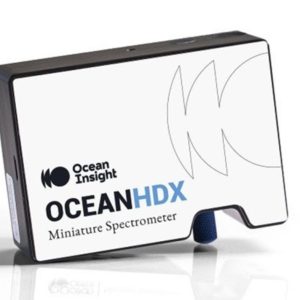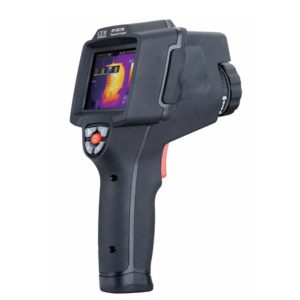Description
Color Analysis – Accurate Color Measurement and Evaluation for Quality and Consistency
Color analysis refers to the systematic evaluation and measurement of the color properties of an object, material, or substance using scientific methods and specialized instruments. This process is essential across a wide range of industries—including textiles, plastics, printing, automotive, cosmetics, food and beverage, and pharmaceuticals—where color consistency and accuracy are vital for brand identity, quality control, product development, and regulatory compliance.
At its foundation, color analysis goes beyond human visual perception and employs objective, quantifiable metrics to describe color. These metrics are typically based on internationally recognized color spaces such as CIE Lab*, CIELCH, and XYZ, which allow for standardized comparison and communication of color across different platforms and devices.
The process often involves instruments such as:
Spectrophotometers – Measure the intensity of light reflected or transmitted by a sample across various wavelengths.
Colorimeters – Provide a simplified method of evaluating color differences based on RGB or XYZ tristimulus values.
Imaging color analysis systems – Capture high-resolution images for spatially resolved color mapping, often used in cosmetics or material science.
Color analysis includes multiple parameters such as:
Hue (the actual color shade)
Chroma/Saturation (intensity or purity of the color)
Lightness/Brightness (how light or dark the color appears)
Delta E (ΔE) – A metric indicating the difference between two colors; critical for quality control.
Applications of color analysis are diverse and impactful:
Quality Control: Ensures batch-to-batch color consistency in manufactured goods.
Product Development: Aids in color formulation and matching during R&D.
Regulatory Compliance: Meets industry standards for color accuracy (e.g., in pharmaceuticals or food).
Marketing & Branding: Maintains visual identity across different materials and media.
Advanced color analysis systems often include software for data visualization, tolerance setting, trend analysis, and report generation, supporting real-time decision-making and integration with broader quality management systems.
In an era where aesthetics and visual appeal directly influence consumer perception and product success, color analysis plays a pivotal role in ensuring that color remains consistent, appealing, and within specification from concept to final product.






Reviews
There are no reviews yet.